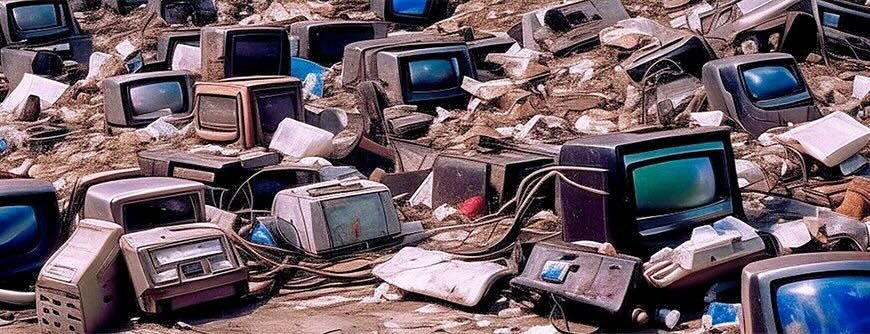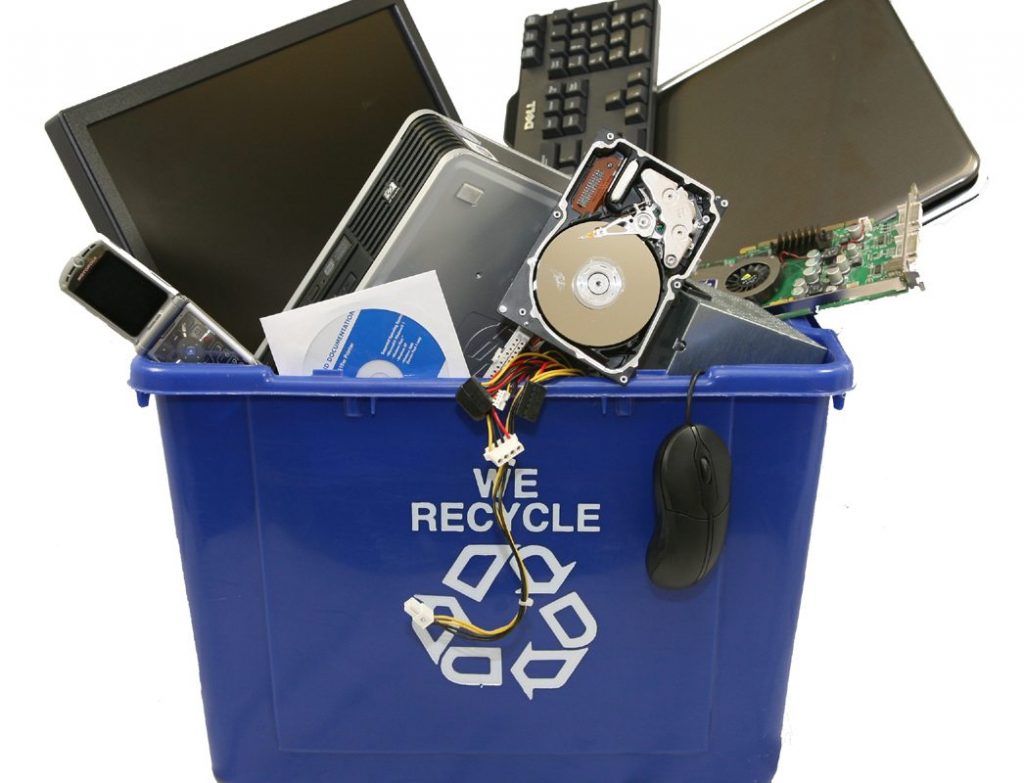Major questions are posed by planned obsolescence: how often must products be replaced? Where do used products go? How accessible are repairs?
These guiding questions also stand as concerns for the growing community of environmentalists.

A business model using planned obsolescence is not conducive to sustainable practices. When products are being continuously replaced, older models are disposed of, and not always responsibly. One element of planned obsolescence includes removing the ability to repair items and replace parts, either by making repair services inaccessible or no longer manufacturing specific parts. Fewer repairs means entire products become unusable and, therefore, must be disposed of.

This short lifecycle for products increases waste output, which is a focus for environmentalists when addressing planned obsolescence. Many of these materials are categorized as e-waste, referring to the disposal of electronic goods, such as old phones, computers, batteries, and more. The World Health Organization (WHO) considers it “the fastest growing solid waste stream in the world.” Every US family produces 400 iPhones worth of e-waste annually. In total, more than 50 million tons of e-waste are produced globally each year, but less than a quarter of it is expected to be properly collected and disposed of. Improper removal of e-waste can result in unsafe exposure to harmful chemicals. This poses a threat to the health of treatment plant workers, as well as average citizens who may encounter e-waste. It may also infect waterways, soil, and groundwater. Additionally, irresponsible burning of materials can pollute the air.
Reducing e-waste would minimize these dangers. This is attainable by avoiding planned obsolescence and limiting the materials being frequently disposed of, hence why the majority of environmentalists would oppose the practice of planned obsolescence.
 Some proposed solutions include more diligent monitoring of disposal systems and legislation. For example, the Basel Convention was developed as an agreement for e-waste management and education. It inspired regional conventions to address the issue, such as the Bamako Convention and Waigani Convention. Many environmentalists are lobbying for more restrictions in the United States, since the aforementioned conventions apply to regions of Africa. Presently, only half of U.S. states have laws to regulate e-waste disposal and there are no federal regulations for recycling or other disposal methods. The R2-Certified Recycling initiative works to identify companies who properly recycle materials, which is important to consider when you no longer need your old phone or laptop.
Some proposed solutions include more diligent monitoring of disposal systems and legislation. For example, the Basel Convention was developed as an agreement for e-waste management and education. It inspired regional conventions to address the issue, such as the Bamako Convention and Waigani Convention. Many environmentalists are lobbying for more restrictions in the United States, since the aforementioned conventions apply to regions of Africa. Presently, only half of U.S. states have laws to regulate e-waste disposal and there are no federal regulations for recycling or other disposal methods. The R2-Certified Recycling initiative works to identify companies who properly recycle materials, which is important to consider when you no longer need your old phone or laptop.
In Pennsylvania, the Covered Device Recycling Act of 2010 requires that all computer and television manufacturers provide adequate recycling services to consumers in Pennsylvania. If this approach was adopted by more states and planned obsolescence was scaled back to reduce disposal, the environmentalist perspective would be fulfilled and there would be fewer health hazards.
Sources:
tmd6040
March 22, 2024 — 2:42 pm
I continue to like how you have set up this blog, with each new post discussing a different group of stakeholders in the problem. When you upgrade your phone, you often have to trade in your old one. I think this is a good policy because it means that the responsibility of properly recycling the device (if it cannot be used any longer) is no longer on the consumer. There just also need to be ways to ensure that the recipients who are receiving large amounts of these devices are disposing of them properly.
Kate Chiulli
March 22, 2024 — 3:26 pm
Wow–what a shocking statistic that each US family produces *400 iPhones* worth of e-waste per year! That’s a lot of wasted technology and money–and also a fitting comparison, as iPhones are one of the main products contributing to planned obsolescence. It is unlikely that tech companies will make their produces more sustainable any time soon, so I agree that better legislation needs to be enacting regarding e-waste disposal. For instance, in my home state of New York, you are able to drop off old tech items to be recycled at your local Walgreens, which provides consumers with a convenient way to reduce their e-waste contribution.